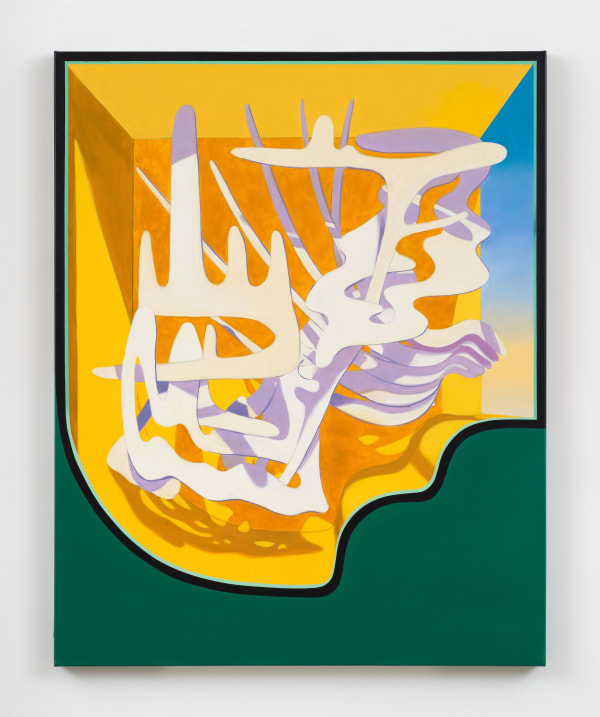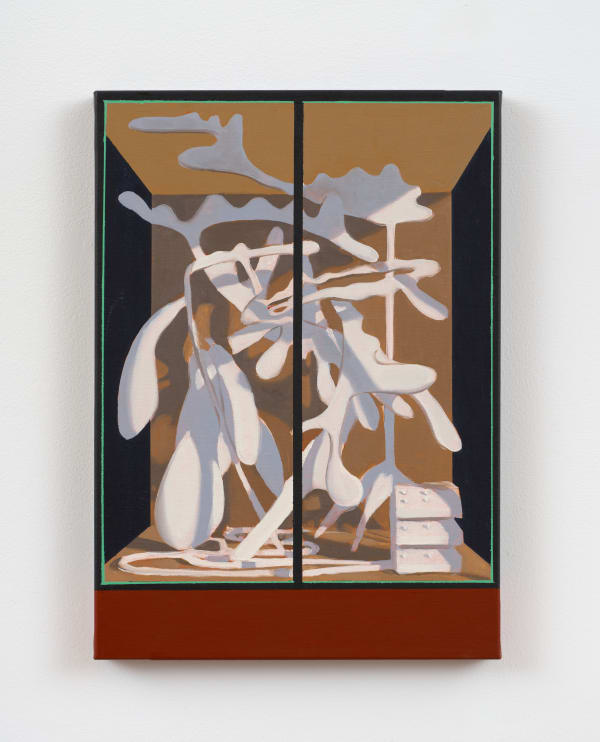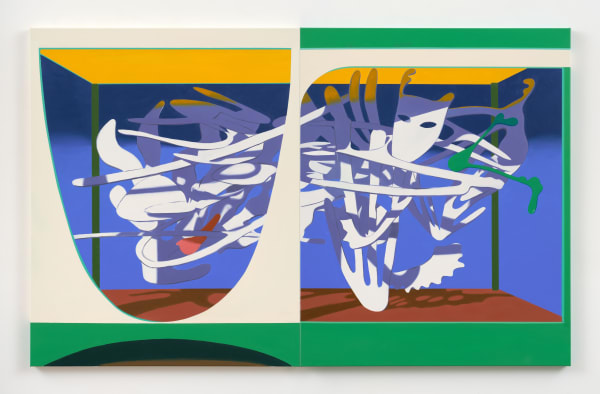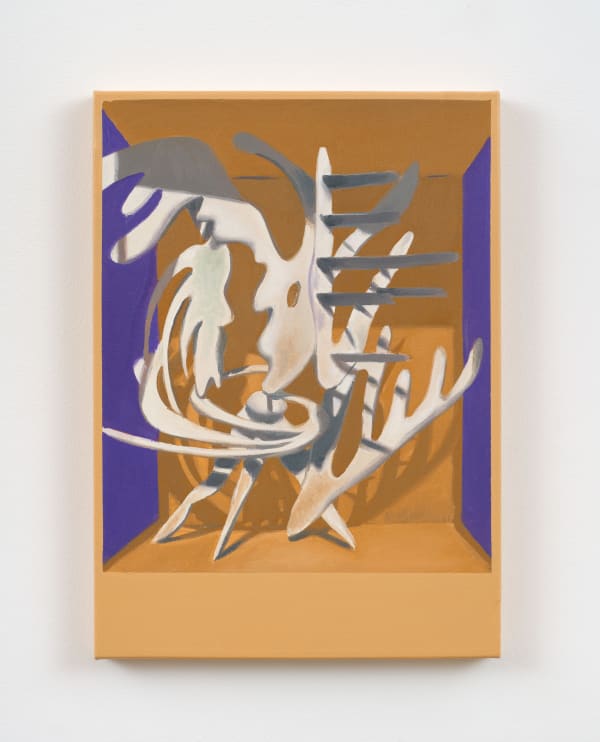Alexandre Arrechea: Caribbean Stages
The titles of this series of artworks reference the bountiful, if little known coral reefs that ring the coast of Cuba, grounding these abstract works in something tangible and specific. At its core, Caribbean Stages explores cultural identity and its constantly shifting nature—reshaped by time, distance, and context. Painting these works speaks to the illusion of proximity—how memory, place, and identity can feel close, even intimate, yet remain just out of reach.
~ Alexandrea Arrechea, 2025
-
 Alexandre Arrechea, Guajimico, 2025
Alexandre Arrechea, Guajimico, 2025 -
 Alexandre Arrechea, Ana María, 2025
Alexandre Arrechea, Ana María, 2025 -
 Alexandre Arrechea, Guajaba, 2025
Alexandre Arrechea, Guajaba, 2025 -
 Alexandre Arrechea, Punta Francés, 025
Alexandre Arrechea, Punta Francés, 025 -
 Alexandre Arrechea, Guanahacabibes, 2025
Alexandre Arrechea, Guanahacabibes, 2025 -
 Alexandre Arrechea, Jardines de la Reina, 2025
Alexandre Arrechea, Jardines de la Reina, 2025 -
 Alexandre Arrechea, Sabinal, 2025
Alexandre Arrechea, Sabinal, 2025 -
 Alexandre Arrechea, María la Gorda, 2025
Alexandre Arrechea, María la Gorda, 2025 -
 Alexandre Arrechea, Guacanayabo, 2025
Alexandre Arrechea, Guacanayabo, 2025















